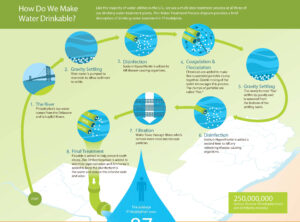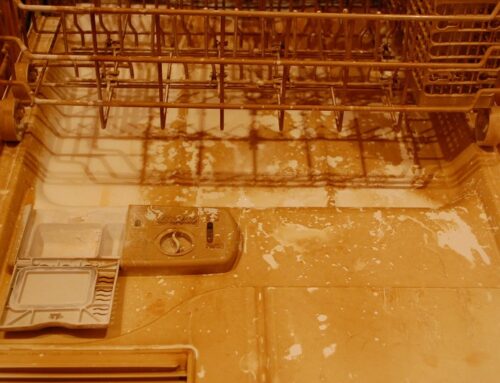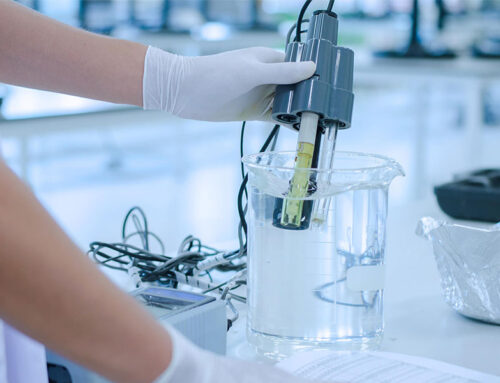Treatment Methods For Community Water Systems
To millions of Americans, community water systems are a vital part of everyday life, whether it be drinking, bathing, or simply washing the dishes; but how do these systems actually work? If asked, a majority of Americans would undoubtedly have only a vague understanding of how water gets from point A to the tap, and for good reason: few people realize just how important it is.
Despite continuously hearing stories of how dangerous water can be in other regions, water treatment can still be seen as a foreign topic, yet when looking at the possibilities of E. coli, hepatitis A, legionella, and dozens of other bacterial diseases capable of being spread through improperly treated water, understanding how community water systems work becomes a crucial necessity. Thankfully, understanding how these systems work isn’t something that requires a degree, and is capable of being interpreted through 4 primary treatment phases: coagulation/flocculation, sedimentation, filtration, and disinfection.

Coagulation/Flocculation:
Often the first step of water treatment, the coagulation and flocculation phase works exactly as it sounds. Raw, untreated water is first mixed in with chemicals such as liquid aluminum sulfate, or polymer. These chemicals, containing a positive ionic charge, negate the naturally negative charge from dirt and other waste, causing them to bind together, or coagulate. This coagulated waste is often referred to as floc, and makes filtering the water easier. From here, the combined water and floc will move into sedimentation basins, where the second phase of water treatment occurs.
Sedimentation:
In this phase, water will slowly move through the sedimentation basins causing the collected floc to sink to the bottom, due to its weight. Now separated, the collected floc (referred to as sludge) is often sent through pipes into drying lagoons. From here, the sludge can either be reused as soil conditioner, or ultimately sent to a landfill to be disposed of.
Filtration:
Meanwhile, the now-clean water is passed through multiple filters, often comprised of sand, gravel, charcoal, or even crushed coal. These filter layers actively, all varying in composition, collect impurities in the water that may otherwise be harmful to ingest. Afterwards, the water is sent off to the final phase prior to being distributed: disinfection.
Disinfection:
Before it can be considered safe, filtered water must first be disinfected to ensure that bacteria and diseases are destroyed. Chlorine, a popular disinfectant, is often added due to its effectiveness and capability of being properly monitored.
Other Methods:
While water treatment systems primarily consist of 4 phases prior to being dispersed to the public, other methods may often be used subsequent to disinfection. These methods range from fluoridation (to prevent tooth decay), all the way to consumer systems, such as filters, softeners, and distillers.






